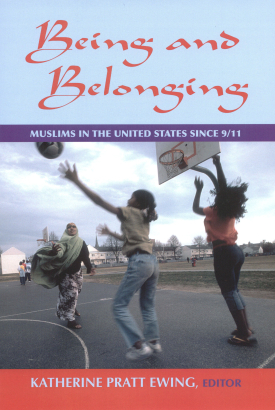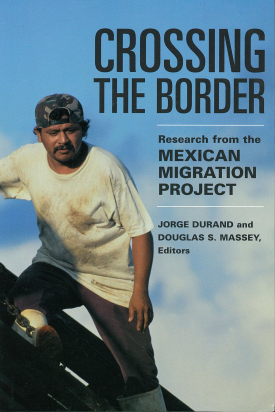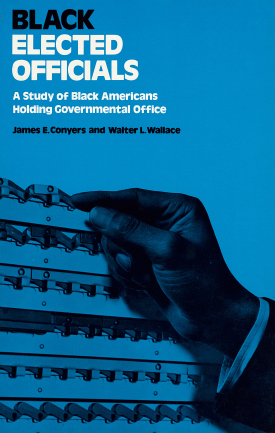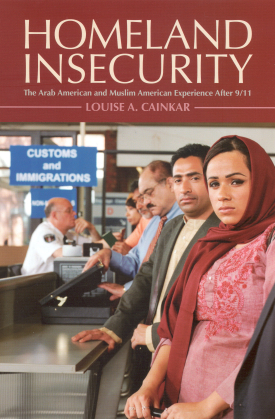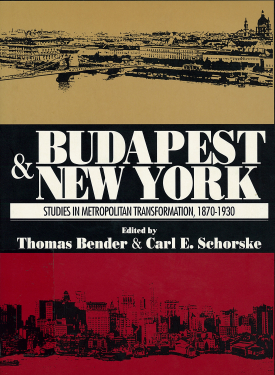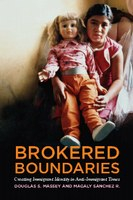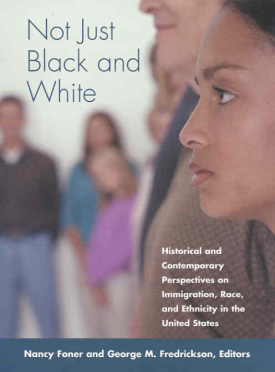
Not Just Black and White
About This Book
Honorable Mention 2005 Thomas and Znaniecki Award from the International Migration Section of the American Sociological Association
Immigration is one of the driving forces behind social change in the United States, continually reshaping the way Americans think about race and ethnicity. How have various racial and ethnic groups—including immigrants from around the globe, indigenous racial minorities, and African Americans—related to each other both historically and today? How have these groups been formed and transformed in the context of the continuous influx of new arrivals to this country? In Not Just Black and White, editors Nancy Foner and George M. Fredrickson bring together a distinguished group of social scientists and historians to consider the relationship between immigration and the ways in which concepts of race and ethnicity have evolved in the United States from the end of the nineteenth century to the present.
Not Just Black and White opens with an examination of historical and theoretical perspectives on race and ethnicity. The late John Higham, in the last scholarly contribution of his distinguished career, defines ethnicity broadly as a sense of community based on shared historical memories, using this concept to shed new light on the main contours of American history. The volume also considers the shifting role of state policy with regard to the construction of race and ethnicity. Former U.S. census director Kenneth Prewitt provides a definitive account of how racial and ethnic classifications in the census developed over time and how they operate today. Other contributors address the concept of panethnicity in relation to whites, Latinos, and Asian Americans, and explore socioeconomic trends that have affected, and continue to affect, the development of ethno-racial identities and relations. Joel Perlmann and Mary Waters offer a revealing comparison of patterns of intermarriage among ethnic groups in the early twentieth century and those today. The book concludes with a look at the nature of intergroup relations, both past and present, with special emphasis on how America’s principal non-immigrant minority—African Americans—fits into this mosaic.
With its attention to contemporary and historical scholarship, Not Just Black and White provides a wealth of new insights about immigration, race, and ethnicity that are fundamental to our understanding of how American society has developed thus far, and what it may look like in the future.
NANCY FONER is Distinguished Professor of Anthropology, State University of New York, Purchase.
GEORGE M. FREDRICKSON is Edgar E. Robinson Professor of History Emeritus, Stanford University.
CONTRIBUTORS: Richard Alba, James Barrett, Albert M. Camarillo, Stephen Cornell, Nancy Denton, Yen Le Espiritu, Neil Foley, Steven Gold, Douglas Hartmann, Victoria Hattam, John Higham, Jose Itzigsohn, Gerald Jaynes, Philip Kasinitz, Erika Lee, John Lie, Joel Perlmann, Kenneth Prewitt, David Roediger, Joe W. Trotter, Mary C. Waters.

